Cactus – Plant
₹700.00 Original price was: ₹700.00.₹649.00Current price is: ₹649.00.
(MRP Inclusive of all taxes)
- Shipping Rs 100 for entire order
- Dispatch in 8-10 days
- Country of origin: India
Description for Cactus
Cacti occur in a wide range of shapes and sizes. Most cacti live in habitats subject to at least some drought. Many live in extremely dry environments, even being found in the Atacama Desert, one of the driest places on earth. Cacti show many adaptations to conserve water.
Succulents are plants that have organs such as leaves, stems or roots that are capable of storing water during the rainy or wet season in order to survive extended periods of drought. All the plants in the cactus family are considered stem succulents.
During periods of moisture, the stem swells. Then during droughts, the stem slowly contracts. Cactus that have ribs are particularly well adapted to this because the ribs fill in and contract like an accordion.
Planting and care
The cactus family (Cactaceae) is one of the most striking, distinctive, diversified and specialized groups in the plant kingdom. It includes about 2,000 species, and all of them are perennial and succulent.
Any large shallow pot can be used as an excellent pot for a cacti or succulent garden. You want to select plants all about the same size with similar care requirements. These plants all require a lot of light, so make sure the container you select fits near a window.
A layer of fine grit over the compost gives an attractive, yet, dry surface for the cacti in the pot.
You can place clean pebbles between the plants to increase the desert effect.
Caring for Cactus
- One of the most common problems when it comes to potted plants is fungal rot (also called root rot).
- Desert cacti are especially susceptible as they naturally require only a small amount of water compared to other plants.
- The best cure for rot is a preventative one: simply avoid over-watering in the first place.
- As a general rule, it s better to under-water than to over-water when it comes to cacti.
Typical uses of Cactus
Special features:
Culinary use:
- The stems of some cacti can be used as a source of food, either baked or eaten raw.
- Cactus fruit of some species are eaten raw, and also candied or preserved in jams.Ornamental use:
- They make excellent houseplants and many hardy varieties may be grown outside.
Be the first to review “Cactus – Plant” Cancel reply
Related products
Indoor Cactus & Succulents
Elephant bush, Portulacaria afra, Jade plant (Green) – Succulent Plant
Indoor Foliage Plant
Indoor Foliage Plant
Air Purifying Plants
Sansevieria trifasciata, Snake Plant (var. laurentii) – Plant
Indoor Creepers & Ferns
Indoor Creepers & Ferns
Indoor Cactus & Succulents
Snake Plant, Sansevieria trifasciata, Sansevieria zeylanica – Plant
Indoor Foliage Plant


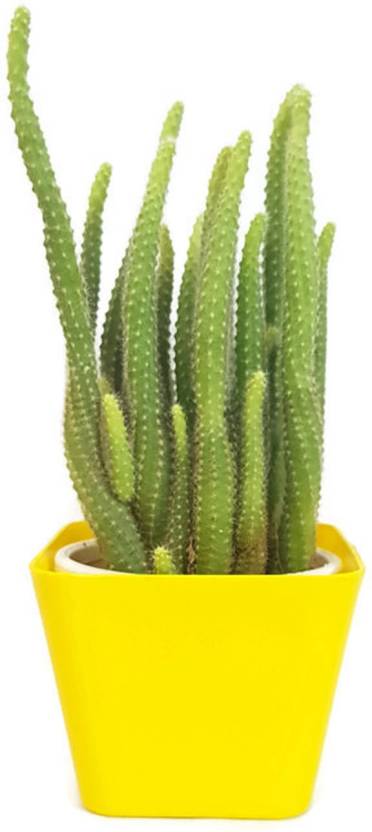
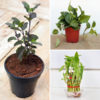
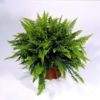
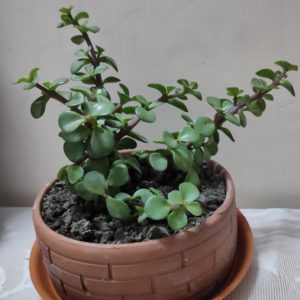
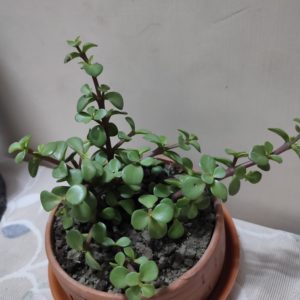
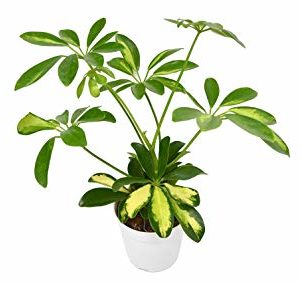
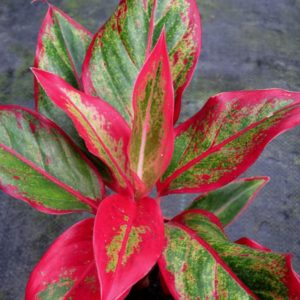
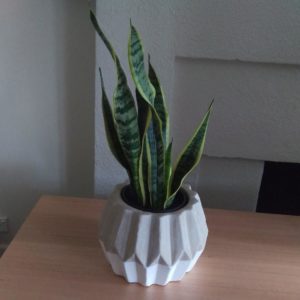
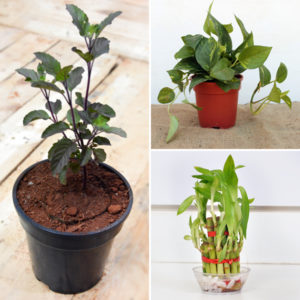
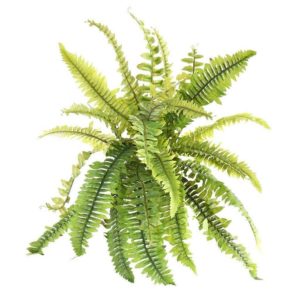
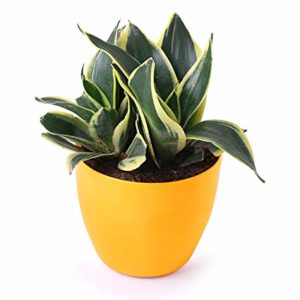
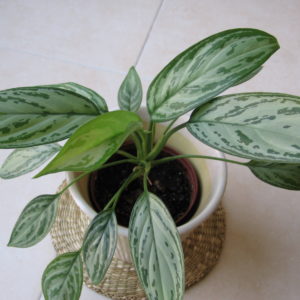
Reviews
There are no reviews yet.